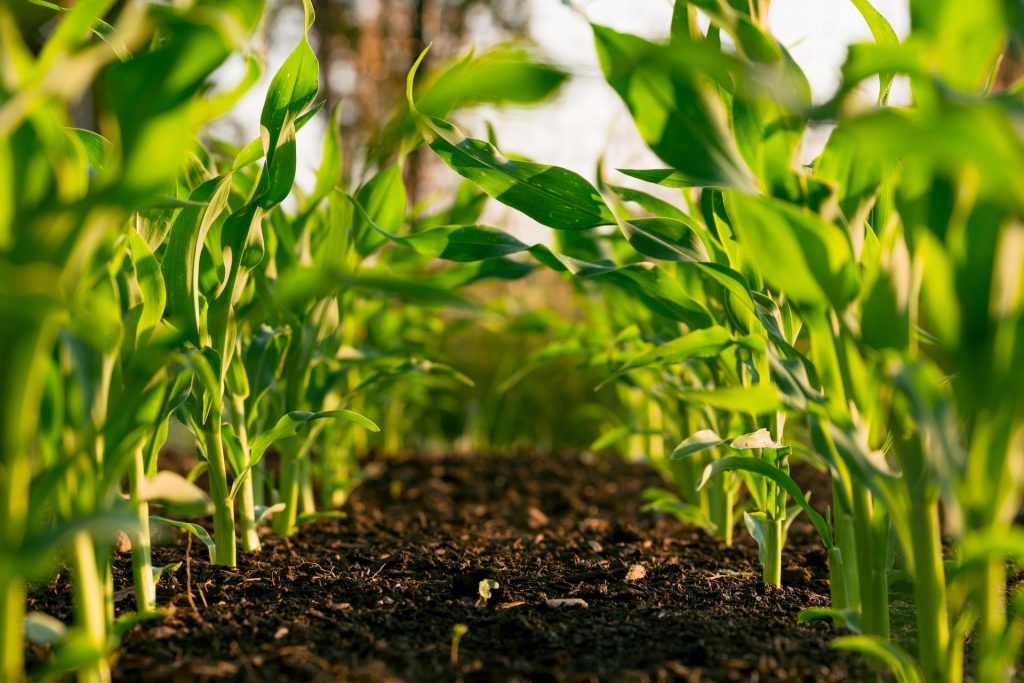Organic gardening is all about working in harmony with nature. One of the key foundations of a successful organic garden is healthy soil. Building and maintaining soil resilience is essential for the long-term health and productivity of your garden. In this article, we delve into proven strategies that will help you create a thriving organic garden.
1. Composting: The Gateway to Healthy Soil
Composting is nature’s way of recycling. By composting kitchen scraps, garden waste, and leaves, you can create a rich and nutrient-packed soil amendment. Regularly adding compost to your garden beds helps improve soil structure, fertility, and moisture retention. Plus, it reduces the need for synthetic fertilizers. Embrace the magic of composting and watch your soil come alive!
2. Mulching: The Protective Blanket
Mulching is like a protective blanket for your soil. By covering the surface with organic materials such as straw, leaves, or wood chips, you not only suppress weeds but also regulate soil temperature, conserve moisture, and prevent erosion. Mulching also adds organic matter to the soil as it gradually decomposes, enhancing its fertility and providing a cozy habitat for beneficial organisms.
3. Cover Cropping: Nature’s Green Manure
An ancient practice that has stood the test of time, cover cropping involves growing specific plants to nourish and protect the soil. Legumes like clover and hairy vetch enrich the soil by fixing nitrogen, while grains like buckwheat and rye scavenge nutrients and improve soil structure. Before planting your main crops, allow the cover crops to grow and then incorporate them back into the soil, replenishing its organic matter content.
4. Crop Rotation: Out with the Old, In with the New
Crop rotation is like a choreographed dance for your plants. Each season, move your crops around in a planned sequence to disrupt pest and disease cycles and ensure balanced nutrient uptake. By rotating plants from different families, you reduce the chance of depleting soil nutrients while also reducing the risk of pests and diseases taking hold. Keep your garden lively and thriving with a well-planned crop rotation schedule.
5. Organic Amendments: Nutrient Boosters
Even the healthiest soil needs a nutrient boost now and then. Organic amendments like aged manure, bone meal, blood meal, and composted plant material can be valuable allies in fortifying your soil. Follow package instructions to avoid overapplication, and choose amendments that align with your plant’s nutritional needs. Remember, a little goes a long way!

6. Vermiculture: Nature’s Tiniest Helpers
Worms are nature’s top-notch soil engineers. Setting up a worm bin allows these tireless creatures to convert kitchen scraps into nutrient-rich vermicompost. Adding vermicompost to your soil enhances its structure, moisture-holding capacity, and fertility. Plus, worms aerate the soil through their tunnels, improving its overall texture.
7. Natural Pest Control: Balance in the Garden
Building soil resilience includes cultivating a harmonious ecosystem. Encouraging beneficial insects and birds to call your garden home is a great way to control pests naturally. Ladybugs, lacewings, and birds like bluebirds and swallows are voracious predators of common garden pests. Creating habitat diversity with flowers, shrubs, and birdhouses will attract these helpful allies and maintain a natural balance in your garden.
8. Avoid Over-Tilling: Let It Rest
Tilling the soil excessively can disrupt the complex network of microorganisms that contribute to soil health. Over-tilling also exposes the soil to erosion and fluctuations in moisture levels. Instead, employ no-till or minimal-tillage techniques, which allow the natural processes in the soil to flourish undisturbed.
9. Water Management: Respect the H2O
Proper water management is crucial for maintaining soil resilience. Aim for deep, infrequent watering to encourage plants to send their roots deep into the soil. This promotes stronger root development, withstands drought conditions, and reduces the risk of erosion. Consider implementing rainwater harvesting systems or drip irrigation to conserve water while keeping your plants hydrated and your soil happy.
10. Observation and Adaptation: Nature as Your Guide
Last but not least, be observant and adaptable in your gardening practices. Every garden is unique, and the key to success lies in observing how your soil and plants respond to different techniques. By using trial and error, you’ll learn what works best for your garden’s specific needs and make adjustments as necessary. Trust in the resilience of the soil and let nature be your trusted guide.
Conclusion
Building soil resilience in an organic garden is a journey that requires patience, experimentation, and a deep appreciation for the wonders of nature. By implementing these essential strategies, you’ll be on your way to creating a flourishing and sustainable garden. Embrace the beauty of healthy soil, and watch your organic garden thrive for years to come. Happy gardening!

